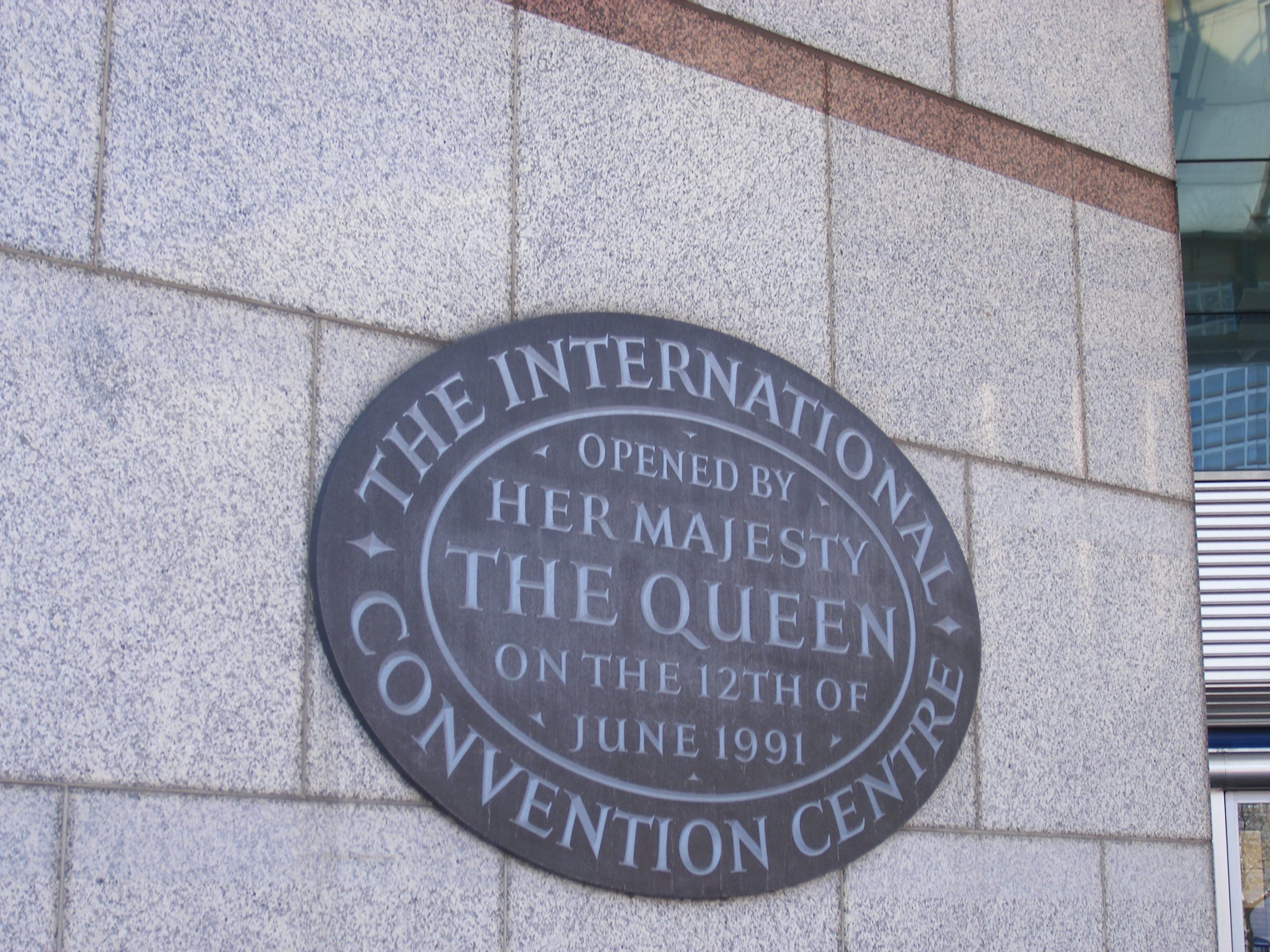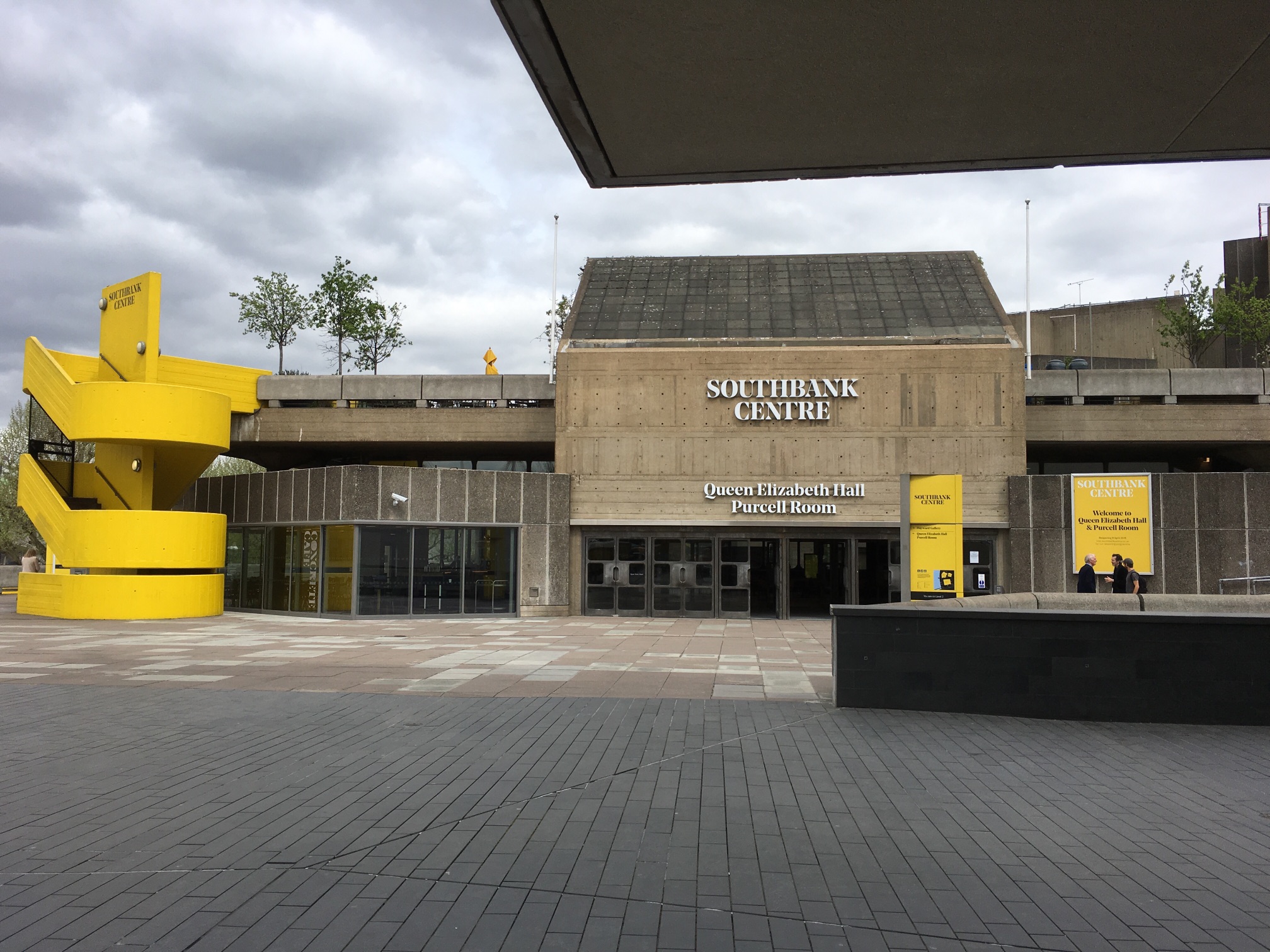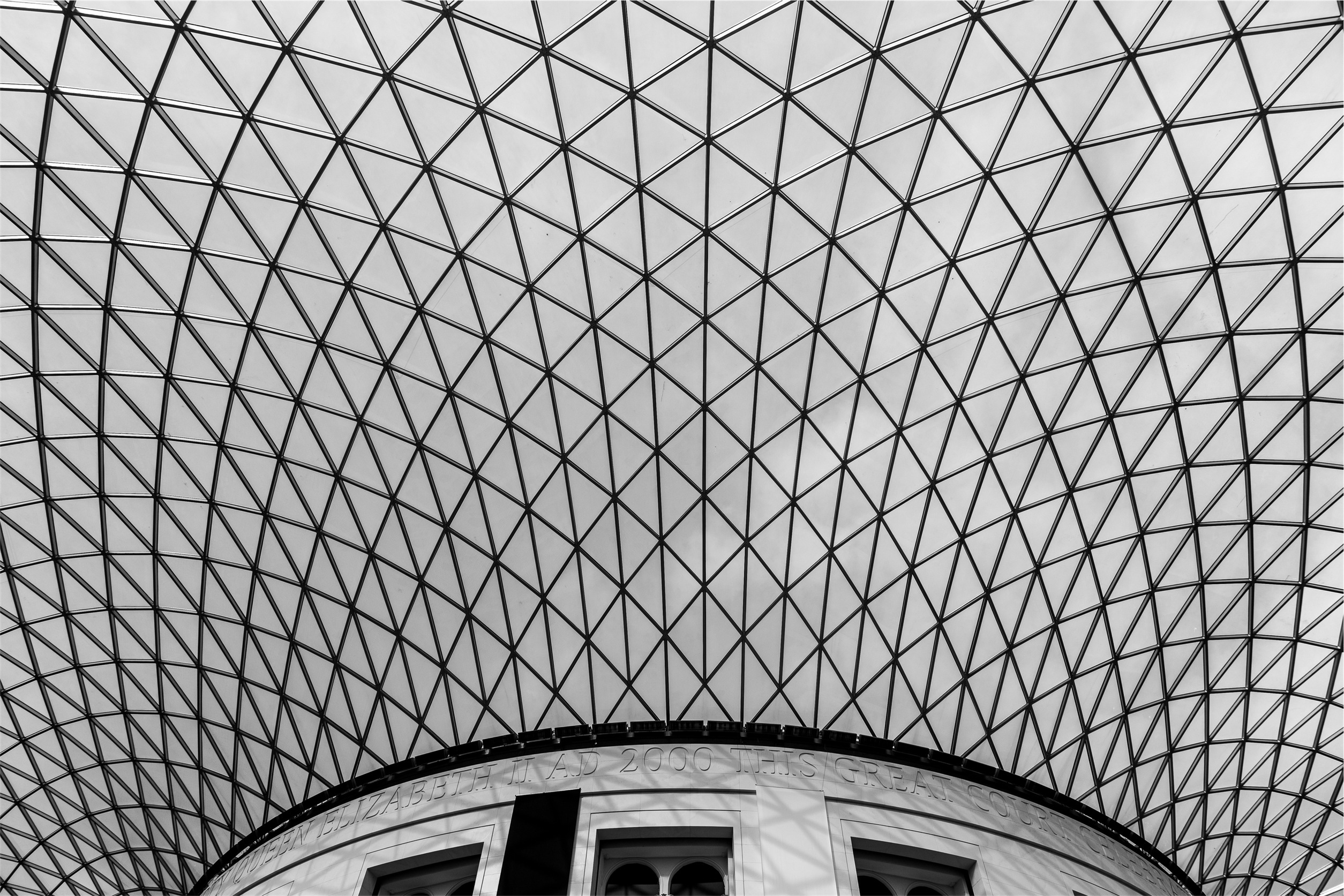On the Death of Queen Elizabeth II

Billboard
Skyscrapper
Halfpage
The death of the British Queen on 8 September 2022 moves the world. The 96-year-old monarch had an eventful life full of duties. These often included the opening of new buildings – an overview of what the Queen meant for the world of architecture can be found here.
The Queen and architecture
Britain’s Queen Elizabeth II began her reign at the age of 25. For seven decades, from 1952 to 2022, she was Queen. She was constantly adapting her role to the changing times. The death of the 96-year-old on 8 September 2022 led to great sadness among people all over the world, for Elizabeth II was a symbol of personal strength, sense of duty and constancy. She was popular and well-known far beyond national borders.
During her record time on the throne, the Queen cut numerous red ribbons. In Great Britain as well as in Australia, New Zealand, and other Commonwealth countries, she inaugurated important public and private buildings. Throughout this time, she witnessed architectural styles change drastically.
A look at the buildings the Queen opened epitomises this: Modernist, Brutalist, high-tech and contemporary architecture are all part of the mix. Names like Basil Spence, Powell & Moya, Norman Foster and Herzog & de Meuron come to mind when looking at the houses, museums, airports, cathedrals, opera houses and parliament buildings that the Queen honoured.

The second Elizabethan era
In Britain, it is still customary today to name an era after the reigning monarch. In her long, full life, Elizabeth II shaped the country like no other person. It is therefore no wonder that the British are now looking back on the second Elizabethan era and paying a final tribute to the Queen.
During her time on the throne, Elizabeth II opened over 100 buildings and structures in London alone. These include the Victoria Line underground railway, the Barbican Centre, Shakespeare’s Globe Theatre, the BBC Broadcasting House, and the Great Court at the British Museum.
This is a selection of further buildings the Queen opened:
1950s and 1960s
- 1955: The Queen’s Building, Heathrow, England, by Frederick Gibberd: The airport’s modernist central terminal later became Terminal 2. Its demolishment in 2009 helped to accommodate the new design by Foster + Partners. Since 2008, the Rogers Stirk Harbour + Partners-designed Terminal 5 got its name after the Queen.
- 1962: Coventry Cathedral, Coventry, England, by Basil Spence: The Queen was on hand for the official consecration of this modern cathedral, which replaces a 14th century church. The building is an example of post-modernism, which was very popular after the Second World War.
- 1963: New Zealand House, London, England, by RMJM: The 15-storey building was the third tallest building in London when the Queen opened it. It is the first office block in central London after the Second World War.
- 1968: Euston Station, London, England, by William Robert Headley and Ray Moorcroft: This modernist station was considered controversial because old parts of the building had to be destroyed. Currently there are discussions to redesign the station to provide more space for the HS2 high speed train.
1970s
- 1973: Sydney Opera House, Sydney, Australia, by Jørn Utzon: One million people attended the Queen’s opening of the famous opera house. Danish architect Jørn Utzon and engineer Ove Arup provided an important example of engineer-dominated late modernism with this iconic building.
- 1976: Museum of London, London, England, by Powell & Moya: The Queen opened both the City Museum and the Barbican Estate this year, two famous Brutalist complexes with an innovative museum design.
- 1976: Royal National Theatre, London, England, by Denys Lasdun: Prince Charles called the theatre a “nuclear power station in the heart of the city”. To this day, it remains an important theatre despite its complicated 25-year construction period.
- 1977: The Beehive, Wellington, New Zealand, by Basil Spence: This brutalist structure is home to the executive branch of the New Zealand Parliament. It is reminiscent of a beehive.

1980s
- 1982: Barbican Centre, London, England, by Chamberlin, Powell and Bon: The Queen described this arts centre as “one of the wonders of the modern world”. It is part of the Barbican Estate and seats over 1,000.
- 1986: Lloyd’s Building, London, England, by Richard Rogers: This building is an early example of high-tech architecture. The building services and lifts are located outside the building to create more space inside.
- 1988: Parliament House, Canberra, Australia, by Mitchell Giurgola and Thorp Architects: To mark the 200th anniversary of British arrival in Australia, the Queen opened the new Parliament House in the Australian capital.
1990s
- 1991: Stansted Airport, Stansted, England, by Foster + Partners: This important airport near London is an example of British high-tech architecture.
- 1998: Museum of Scotland, Edinburgh, Scotland, by Benson + Forsyth: This building is an extension of the 19th century Royal Scottish Museum. It is a modern addition to the old city of Edinburgh.
- 1998: British Library, London, England, by Colin St. John and MJ Long: Despite Prince Charles describing the library as an “academy for the secret police”, the Queen ceremoniously opened the building. It is the largest public building built in Britain in the 20th century.
2000s
- 2000: Tate Modern, London, England, by Herzog & de Meuron: The famous art gallery used to be an energy power station. Queen had inaugurated it 37 years earlier.
- 2000: Great Court in the British Museum, London, England, by Foster + Partners: The Queen Elizabeth II Central Court in the British capital’s most famous museum consists of mosaic glass. It enlarges the area of the museum by 40 percent.
- 2004: Scottish Parliament Building, Edinburgh, Scotland, by EMBT & RMJM: The complex parliament building references Scottish heritage and landscape by evoking, among other things, boats and paintings of flowers.
- 2006: Senedd Cymru, Cardiff, Wales, by RSHP: The building for the Welsh National Assembly consists of a large steel roof, timber and a glass façade. It is one of the first public buildings with sustainable elements such as a biomass boiler and a rainwater harvesting system.

Since 2010
- 2011: Somerset House East Wing, London, England, by BDP: The reopening of this historic wing of the building highlights the history of the imposing 1547 house.
- 2012: Cutty Sark, Greenwich, London, England, by Grimshaw: The Cutty Sark was built in 1869 and was one of the fastest clipper ships of its time. After its refitting in 2012, the Queen reopened the ship as a museum.
- 2015: Ministry of Defence, London, England, by HOK: The first plans for the transformation of the Ministry of Defence were already in place in 1990. A whole consortium of partners worked for years on the new design, which the Queen inaugurated in 2015.
- 2022: Elizabeth Line, London, England: The inauguration of the capital’s newest underground line was only a few months ago. It is named after the Queen, and the monarch herself made a surprise appearance at the ceremonial opening.
A look into the future
Despite the prevailing mourning in Great Britain, eyes are now also turning to the future: the new king, King Charles III, faces many challenges. Architects and town planners are looking particularly closely at his plans, because the previous prince is known for always having an opinion on architectural experiments.
In May 1984, he made a famous speech about the proposed extension to the National Gallery in London, which he described as a “monstrous carbuncle on the face of a much-loved and elegant friend”. Eventually, this drastic utterance succeeded, and the extension designed by Rogers never came into being. Instead, Robert Venturi and Denise Scott Brown built the so-called Sainsbury Wing. This building is one of the most important works of postmodernism in Great Britain.
However, the prince not only stirred up tempers, but also contributed to the construction of new buildings and communities. For example, he donated land in the Duchy of Cornwall to build the village of Poundbury. Traditional building styles as well as New Urbanism will dominate this planned community of 3,500 residents, to be completed in 2025.
He also wrote a book in 1989 called A Vision of Britain. In it, he argued that traditional building methods and aesthetics should also influence the future of Britain. Furthermore, he is known as an admirer of traditional architecture. In 2014, he wrote in The Architectural Review that it was time for more mature architecture.
The question now is how King Charles will interact with architecture and urban planning in his new role – will he be able to inaugurate modern buildings as dutifully and gracefully as his mother?
Read more about the city here: London city portrait












